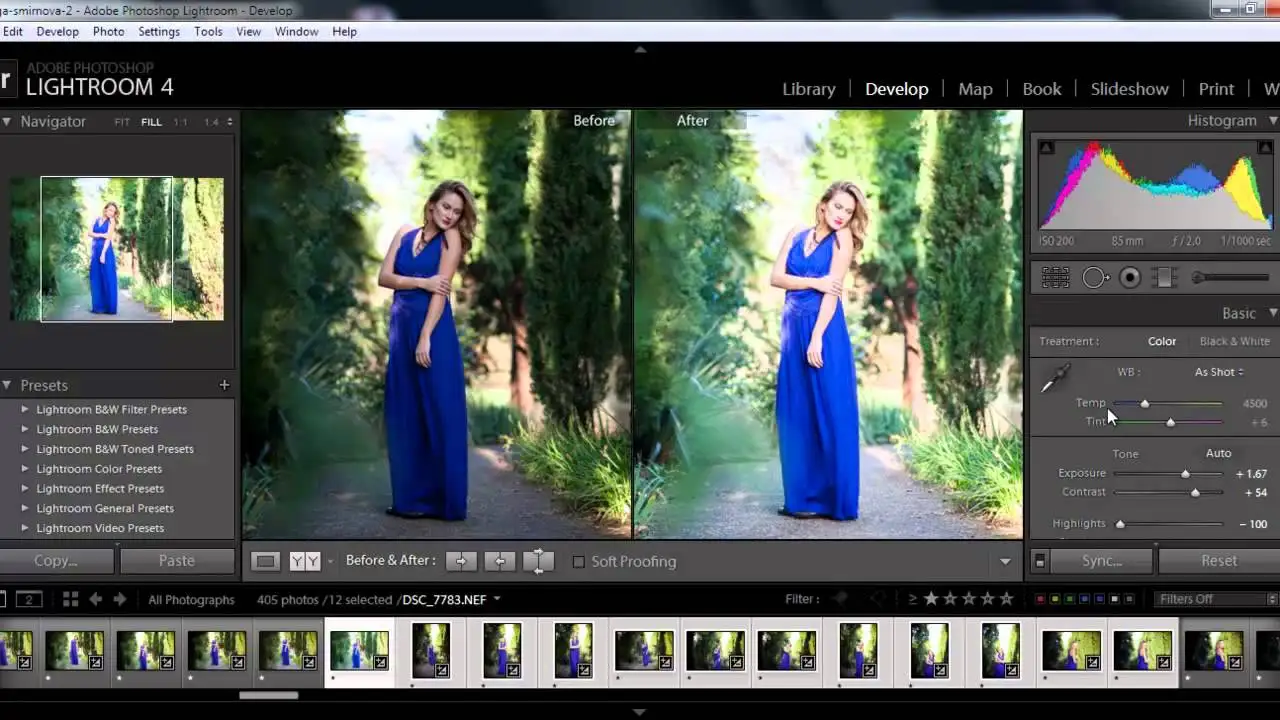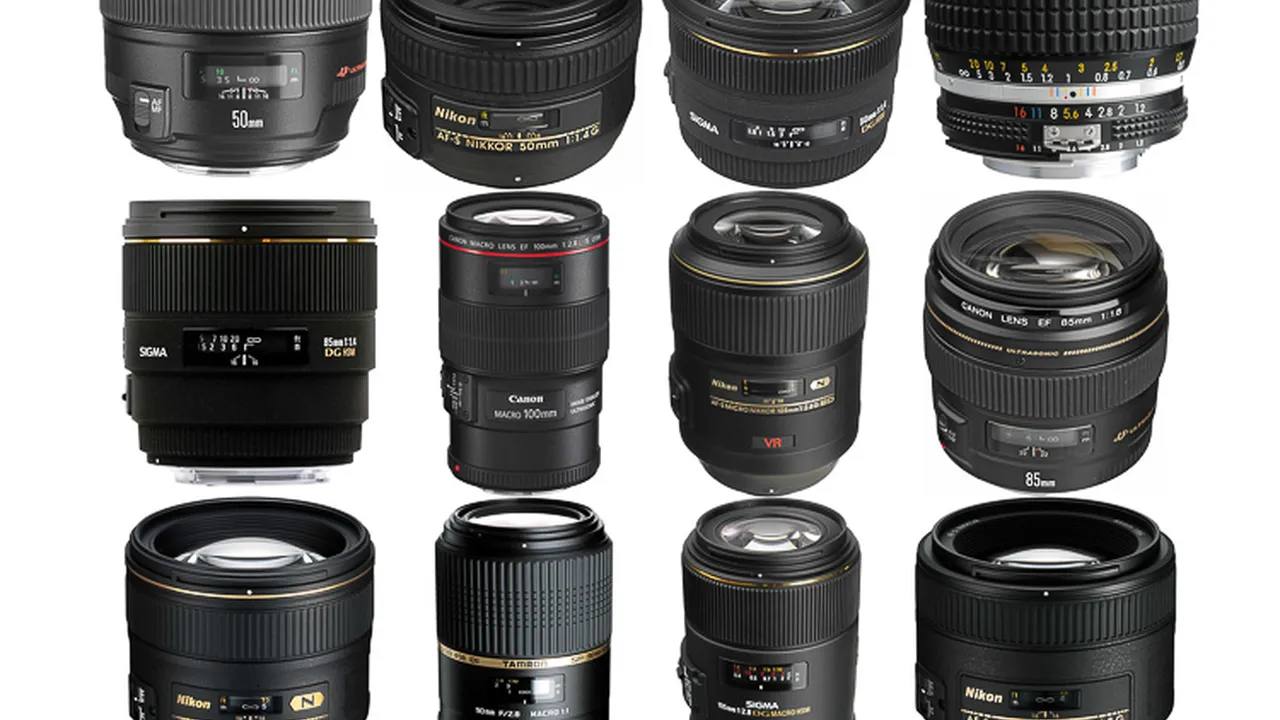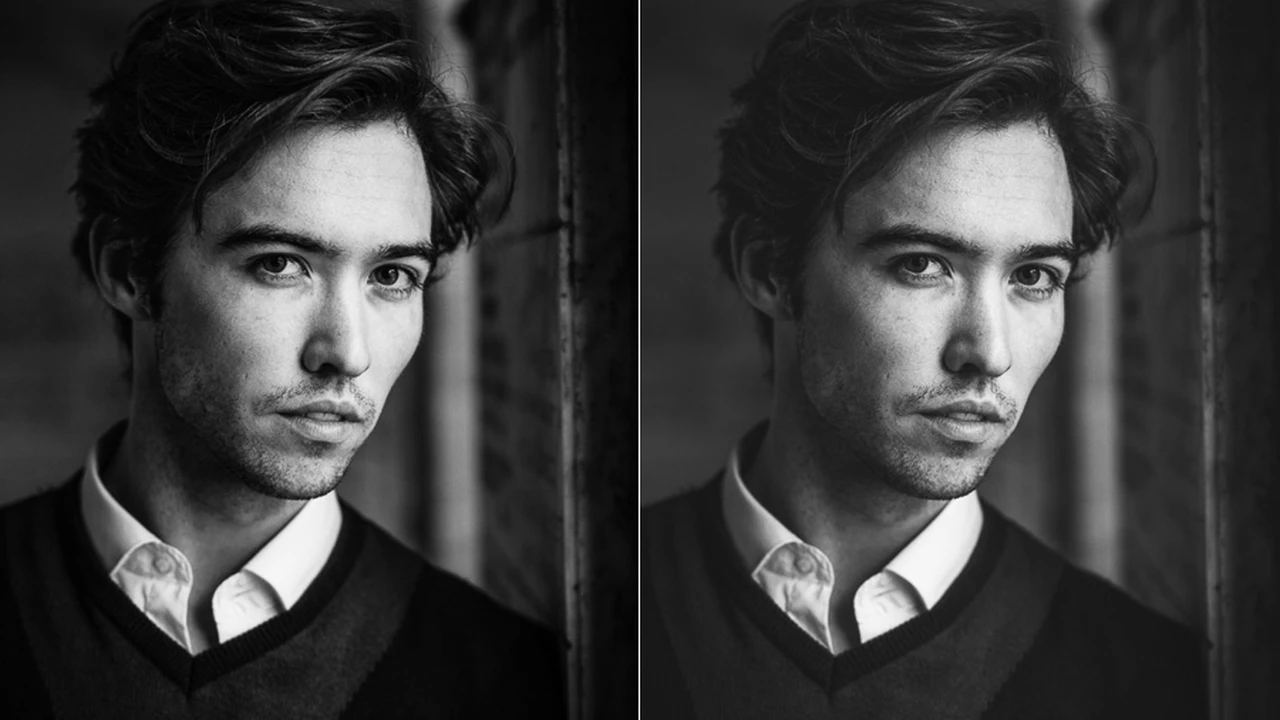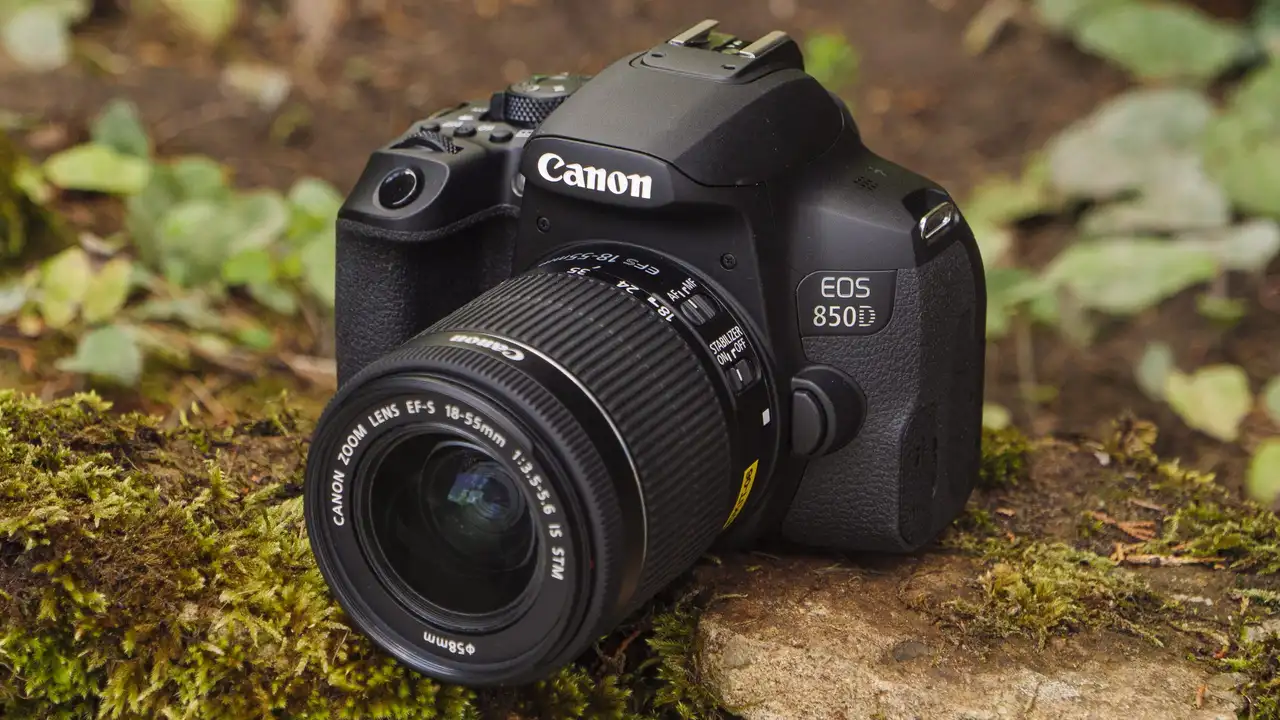5 Common DSLR Mistakes and How to Avoid Them
DSLR cameras offer incredible versatility and image quality, but they can also be intimidating for beginners. Many photographers, even experienced ones, fall into common traps that hinder their creativity and results. This guide explores five frequent DSLR mistakes, offering practical advice on how to avoid them and elevate your photography. We'll also delve into some specific camera recommendations, usage scenarios, comparisons, and pricing to help you make informed decisions.

Mistake 1 Shooting in Auto Mode Relying on Camera Automation
Many beginners start by relying heavily on their DSLR's Auto mode. While convenient, Auto mode prevents you from fully understanding and controlling your camera's settings, ultimately limiting your creative potential. It's like driving a car without knowing how to shift gears – you can get from point A to point B, but you're missing out on the full experience and control.
How to Avoid It Mastering Manual Mode Exposure Triangle Aperture Shutter Speed ISO
The solution? Embrace Manual mode! This may seem daunting at first, but it's the key to unlocking your camera's true power. Start by understanding the exposure triangle: aperture, shutter speed, and ISO. Aperture controls the depth of field, shutter speed affects motion blur and overall brightness, and ISO determines the camera's sensitivity to light. Experiment with each setting individually to see how it impacts your images. There are tons of great online resources and tutorials that can guide you through the process. Don't be afraid to make mistakes – that's how you learn!
Consider practicing in a controlled environment, like your living room, where you can easily adjust the lighting and experiment with different settings. Take notes on what works and what doesn't. Over time, you'll develop a feel for how each setting affects your images, and you'll be able to confidently shoot in Manual mode.
Mistake 2 Ignoring Composition Fundamental Photography Composition Rules
Even with perfect exposure, a poorly composed image can fall flat. Composition is the art of arranging elements within the frame to create a visually appealing and engaging photograph. Ignoring fundamental composition rules is a common mistake that can lead to uninteresting and unbalanced images.
How to Improve Composition Rule of Thirds Leading Lines Symmetry Patterns
Fortunately, there are several simple composition rules that can dramatically improve your photography. The Rule of Thirds suggests dividing your frame into nine equal parts with two horizontal and two vertical lines. Placing key elements along these lines or at their intersections often creates a more balanced and dynamic composition. Leading lines can draw the viewer's eye through the image, creating a sense of depth and guiding them to the main subject. Look for natural lines in your environment, such as roads, fences, or rivers. Symmetry and patterns can also be used to create visually striking images. Experiment with different compositions and see what works best for you. Don't be afraid to break the rules once you understand them – sometimes the most interesting images are the ones that defy convention.
Mistake 3 Not Understanding Your Lenses Lens Selection Focal Length Aperture
Your lens plays a crucial role in determining the look and feel of your images. Many photographers make the mistake of not understanding the different types of lenses and how they affect perspective, depth of field, and overall image quality.
Choosing the Right Lens Prime Lenses Zoom Lenses Wide Angle Telephoto Macro
Different lenses are designed for different purposes. Prime lenses have a fixed focal length, often offering superior image quality and wider apertures. Zoom lenses offer more flexibility, allowing you to change the focal length without physically changing lenses. Wide-angle lenses capture a broader field of view, making them ideal for landscapes and architectural photography. Telephoto lenses compress perspective and allow you to capture distant subjects, perfect for wildlife and sports photography. Macro lenses are designed for close-up photography, allowing you to capture intricate details of small subjects. Understanding the strengths and weaknesses of each type of lens will help you choose the right lens for your specific needs.
For example, if you're primarily shooting portraits, a 50mm or 85mm prime lens with a wide aperture (e.g., f/1.8 or f/1.4) would be a great choice. These lenses create a shallow depth of field, blurring the background and isolating your subject. If you're shooting landscapes, a wide-angle lens (e.g., 16-35mm) would be more suitable, allowing you to capture the vastness of the scene.
Mistake 4 Neglecting Post Processing Editing Software Lightroom Photoshop
Post-processing is an essential part of the digital photography workflow. Neglecting to edit your photos can leave them looking flat and uninspired. Even subtle adjustments can significantly improve the overall impact of your images.
Basic Editing Techniques Exposure Contrast White Balance Color Correction
Post-processing doesn't have to be complicated. Start with basic adjustments like exposure, contrast, white balance, and color correction. These adjustments can bring out the details in your images, correct color casts, and create a more visually appealing overall look. Experiment with different editing software, such as Adobe Lightroom or Photoshop, to find what works best for you. There are also many free and affordable alternatives available. Remember, the goal is not to drastically alter your images but to enhance them and bring out their full potential. Watch tutorials online to learn specific techniques and develop your own editing style.
Mistake 5 Not Backing Up Your Photos Data Loss Prevention Backup Strategies
This is a critical mistake that can lead to heartbreak. Losing your precious photos due to a hard drive failure, theft, or accidental deletion is a nightmare scenario. Implementing a robust backup strategy is essential to protect your memories.
Implementing a Backup Strategy Cloud Storage External Hard Drives Redundancy
There are several ways to back up your photos. Cloud storage services like Google Photos, Dropbox, and iCloud offer convenient and affordable solutions. External hard drives provide a physical backup option, allowing you to store your photos offline. A good strategy involves a combination of both cloud and local backups. Redundancy is key – having multiple copies of your photos in different locations significantly reduces the risk of data loss. Consider the 3-2-1 backup rule: have 3 copies of your data on 2 different media, with 1 copy stored offsite.
Camera Recommendations and Comparisons
Nikon D3500 Budget Friendly Entry Level DSLR
The Nikon D3500 is an excellent entry-level DSLR for beginners. It's affordable, lightweight, and easy to use, making it a great choice for those just starting their photography journey. It features a 24.2MP sensor, which delivers excellent image quality, and a user-friendly interface. Price: Around $500 with a kit lens.
Usage Scenario: Ideal for everyday photography, family photos, travel, and learning the basics of DSLR photography.
Canon EOS Rebel T7i Versatile Mid Range DSLR
The Canon EOS Rebel T7i is a versatile mid-range DSLR that offers a good balance of features and performance. It features a 24.2MP sensor, a fast autofocus system, and a vari-angle touchscreen display. Price: Around $700 with a kit lens.
Usage Scenario: Suitable for a wide range of photography genres, including portraits, landscapes, sports, and wildlife. The vari-angle screen is especially useful for shooting from low or high angles.
Sony Alpha a6000 Mirrorless Alternative Compact and Powerful
The Sony Alpha a6000 is a popular mirrorless camera that offers excellent image quality and performance in a compact body. It features a 24.3MP sensor, a fast autofocus system, and a high-resolution electronic viewfinder. Price: Around $600 with a kit lens.
Usage Scenario: A great option for travel photography, street photography, and anyone looking for a smaller and lighter alternative to a DSLR. The fast autofocus system is particularly well-suited for capturing action shots.
Camera Comparison Nikon D3500 vs Canon EOS Rebel T7i vs Sony Alpha a6000
The Nikon D3500 is the most affordable option and the easiest to use, making it ideal for beginners. The Canon EOS Rebel T7i offers more advanced features and better performance, making it a good choice for those who want to take their photography to the next level. The Sony Alpha a6000 is the most compact and lightweight option, making it ideal for travel and street photography. It also offers a faster autofocus system than the other two cameras.
Price Comparison: Nikon D3500 (around $500), Canon EOS Rebel T7i (around $700), Sony Alpha a6000 (around $600). These prices are approximate and may vary depending on the retailer and the specific kit lens included.
:max_bytes(150000):strip_icc()/277019-baked-pork-chops-with-cream-of-mushroom-soup-DDMFS-beauty-4x3-BG-7505-5762b731cf30447d9cbbbbbf387beafa.jpg)






